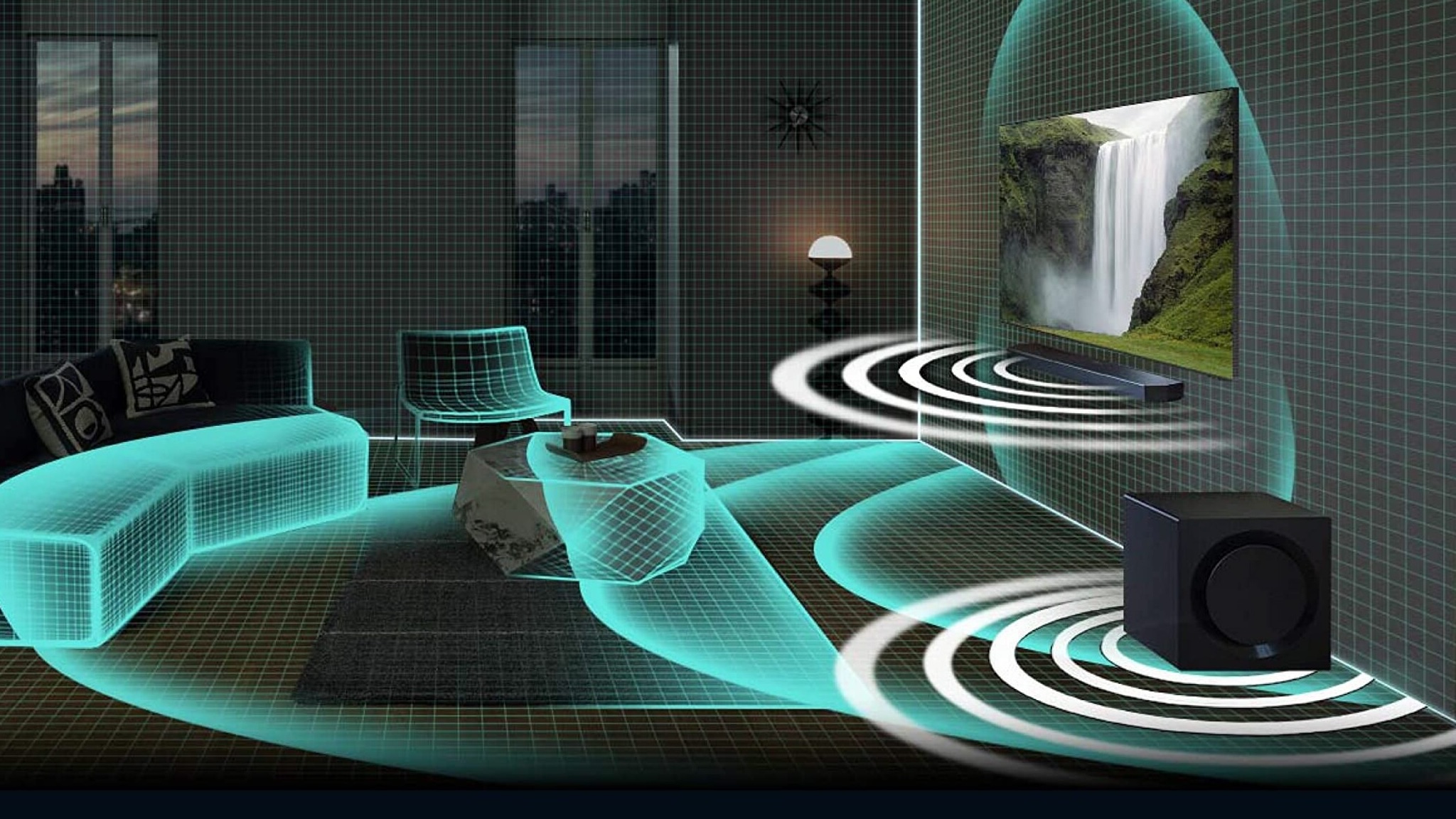Google and Samsung plan to add their Dolby Atmos alternative to TVs, soundbars and YouTube in late 2024
A spatial audio format war seems unlikely, but this new format promises some advantages over Atmos

Back in November, Samsung and Google announced that they were teaming up to create an alternative to Dolby Atmos and DTS:X called IAMF, which is short for Immersive Audio Model and Formats. And now they've confirmed that the new spatial audio format will be rolling out to TVs, soundbars, YouTube and more later this year.
IAMF is the audio equivalent of HDR10+, which is a direct rival to Dolby Vision. The biggest different between the two? Where Dolby charges royalties for hardware firms to use its technologies, the rivals are royalty-free. That's why you'll often see the best TVs and other home cinema kit with support for HDR10+ but not Dolby Vision. In fact, Samsung TVs have long preferred the former.
According to FlatpanelsHD, Samsung has been telling industry insiders to expect IAMF support to appear in its devices like TVs and soundbars, as well as Google services later this year. Those services include one of the biggest: YouTube.
What to expect from IAMF in 2024
According to the report, we'll first see IAMF support – which will almost certainly get a catchier name before it officially goes live – in new Samsung TVs and audio systems, which most likely means Samsung soundbars too. And while Samsung isn't making any promises just yet, it's likely to be added retrospectively to at least some recent Samsung hardware via firmware updates.
Google is also planning to roll out support for the new format to YouTube this year, which could be significant as the streaming giant doesn't currently support either Dolby Vision or Dolby Atmos.
IAMF is significant in several ways. It's the first royalty-free spatial sound format to support vertical audio, like Atmos does, and it makes extensive use of AI to analyse scenes and optimize the audio accordingly. It also offers a high level of customization, enabling you to prioritize certain kinds of sound - dialog, perhaps, or immersive sound effects.
If this were just a Google and Samsung thing, we'd be cautious about its prospects, but the format has been adopted by the Alliance for Open Media, AOM for short. That's the same alliance that supports the AV1 video format, and its founder members are a who's who of tech and entertainment including Apple, Amazon, Microsoft, Netflix, Nvidia, Intel, Meta and Microsoft.
Sign up for breaking news, reviews, opinion, top tech deals, and more.
It'll be interesting to see how Samsung chooses to support this going forward, because at the moment the firm does support Dolby Atmos in its hardware – and that's something that switched-on home entertainment buyers want in their new hardware. A scorched-earth policy of dumping Atmos in favor of IAMF seems unlikely in that context, so this seems to be more of a long-term play: Samsung is presumably hoping that AIMF will convince us that the format is the better spatial audio bet.
You might also like

Contributor
Writer, broadcaster, musician and kitchen gadget obsessive Carrie Marshall has been writing about tech since 1998, contributing sage advice and odd opinions to all kinds of magazines and websites as well as writing more than twenty books. Her latest, a love letter to music titled Small Town Joy, is on sale now. She is the singer in spectacularly obscure Glaswegian rock band Unquiet Mind.